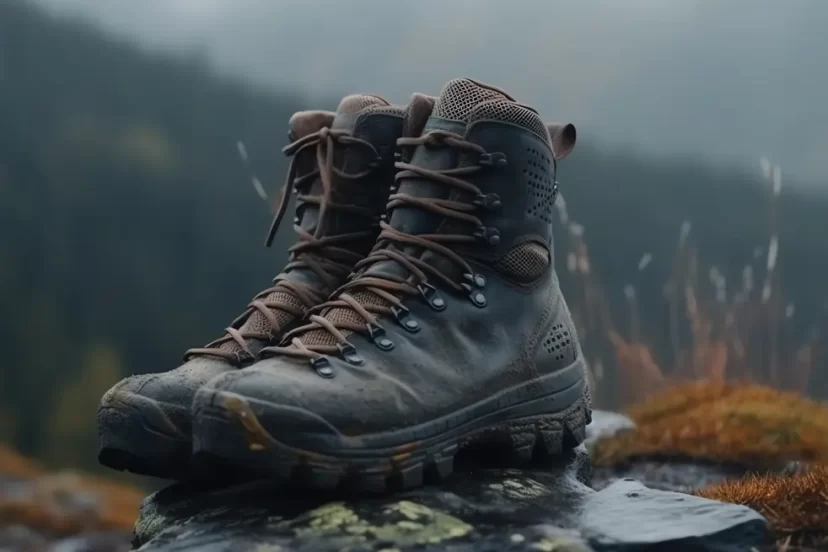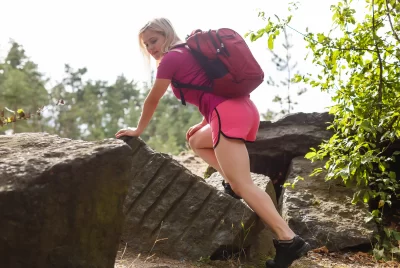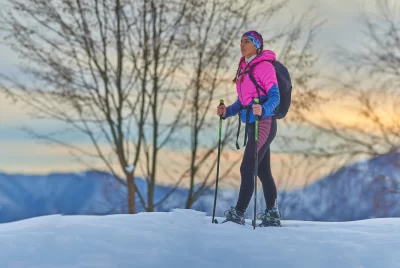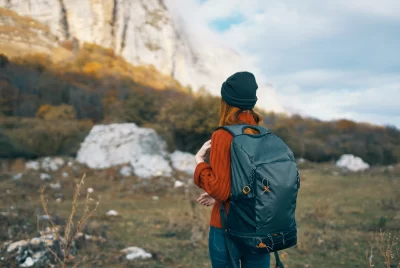How to Choose Hiking Boots: A Comprehensive Guide
As an avid hiker, I understand the importance of good gear, and perhaps there is nothing more vital than choosing the right hiking boots. Let me guide you on How to Choose Hiking Boots!
Why Choose the Right Hiking Boots?
Ever wondered why you couldn’t just go hiking in your regular shoes? The answer lies in the rugged nature of hiking trails. The uneven terrain, unpredictable weather, and the constant strain on your feet require footwear specifically designed to handle such conditions. Hence, the right hiking boots.
Understand Your Needs
Before diving into the types of boots and their features, consider the kind of hiking you plan to do. Are you a casual hiker who sticks to well-maintained trails, or an adventure-seeker looking to tackle rocky mountains? Your footwear should match your adventure.
Types of Hiking Boots
Light Hiking Shoes
For beginners or those who prefer shorter, well-maintained trails, light hiking shoes could be a good option. They’re essentially sturdy running shoes, offering ample comfort for day hikes.
Backpacking Boots
Designed for multiday hikes carrying heavier loads, backpacking boots offer more support and durability. They have stiffer midsoles to bear the additional weight.
Mountaineering Boots
For the most rugged terrains and the toughest trails, mountaineering boots are the way to go. They offer maximum support, durability, and insulation, especially for winter or glacier hiking.
Anatomy of a Hiking Boot
To make an informed choice, let’s dissect a hiking boot:
Upper Material
Materials like full-grain leather offer excellent durability and water resistance. Synthetic materials, on the other hand, are lighter and more breathable.
Midsoles
Midsoles provide cushioning and protect your feet from shock. EVA (ethylene vinyl acetate) is softer and lighter, while polyurethane is firmer and more durable.
Outsoles
Almost all hiking boots have rubber outsoles. Look for thicker and deeper lugs for better grip. Also, a heel brake can reduce the chances of sliding during steep descents.
Internal Support
This includes shanks, which add load-bearing stiffness to the midsole, and plates, which protect feet from getting bruised.
Fitting Your Hiking Boots
Getting the right fit is crucial. Ill-fitting boots can cause discomfort, and blisters, and can ruin your entire hiking experience.
Trying On Hiking Boots
When trying boots, wear the same socks you’d wear for hiking. Consider these two tests:
The “Thumb’s Width” Test
There should be a thumb’s width of space between your toe and the boot end to avoid hitting your toes during descents.
Walk-Down Test
Try walking down an incline; your toes shouldn’t hit the front of the boots.
Care for Your Hiking Boots
Proper care can extend your boots’ life. Clean them after hikes, condition them if necessary, and store them in a cool, dry place.
Top 3 Recommended Hiking Boots
Product 1
xxx
Product 2
xxx
Product 3
xxx
Conclusion
Choosing the right hiking boots is as exciting as the hike itself. It’s about understanding your needs, getting to know different types of boots, and finally finding the perfect fit. Happy hiking!
FAQs
1. Is it okay to buy hiking boots online?
While buying online can offer more options, trying them on in person is preferable for an accurate fit.
2. Should I buy a size larger for hiking boots?
It’s not about getting a larger size, but ensuring there’s enough space to wiggle your toes.
3. Can I use my hiking boots for running?
Hiking boots are designed for support and durability on rough terrains and might be too heavy for running.
4. How often should I replace my hiking boots?
It depends on how frequently you hike and the boot’s material, but usually, boots last between 500 to 1000 miles.
5. Are hiking shoes and hiking boots the same?
No, hiking shoes are lighter and suitable for easier trails, while hiking boots offer more support and are designed for tougher terrains.




